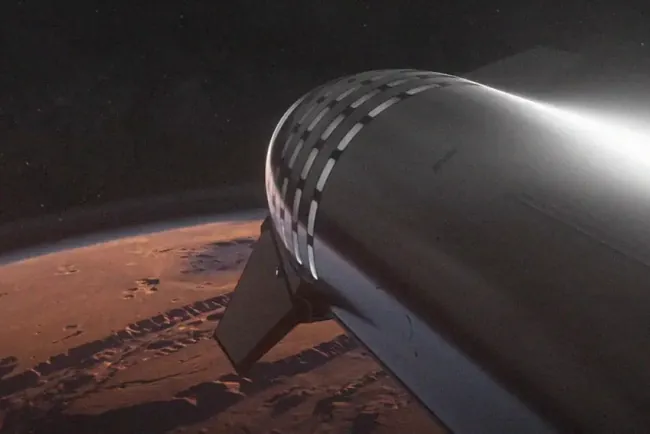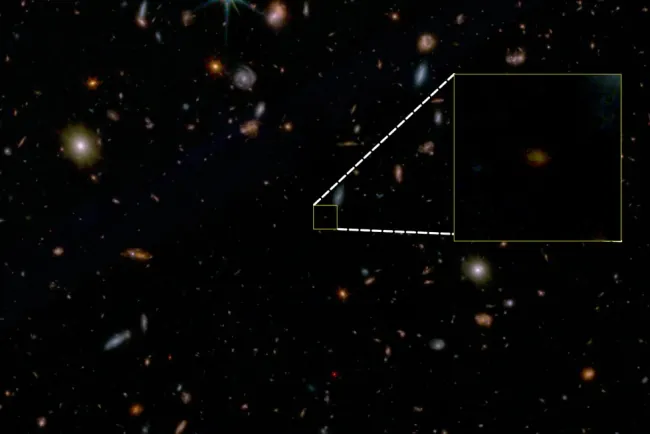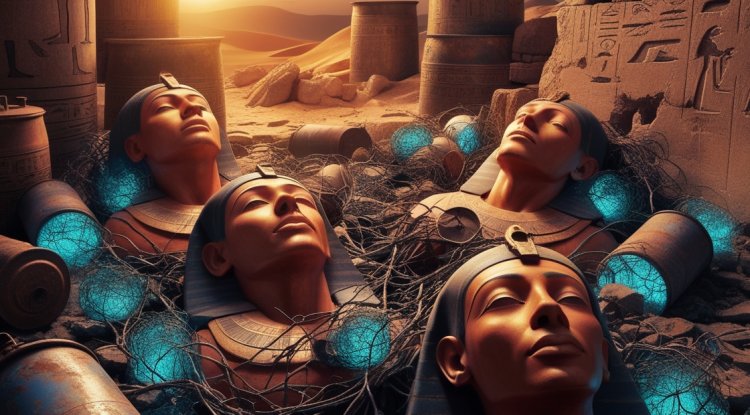NASA's Orion Capsule Heat Shield Wore Away in More Than 100 Places During 2022 Test Flight
NASA must address critical safety issues revealed in Orion's 2022 test flight before sending astronauts to the moon.
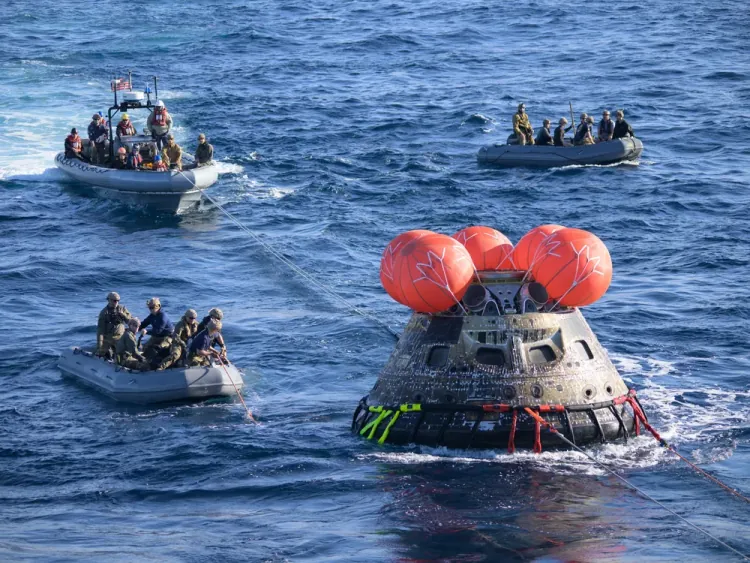
NASA's Orion Capsule Heat Shield Wore Away in More Than 100 Places During 2022 Test Flight, Posing 'Significant Risks'
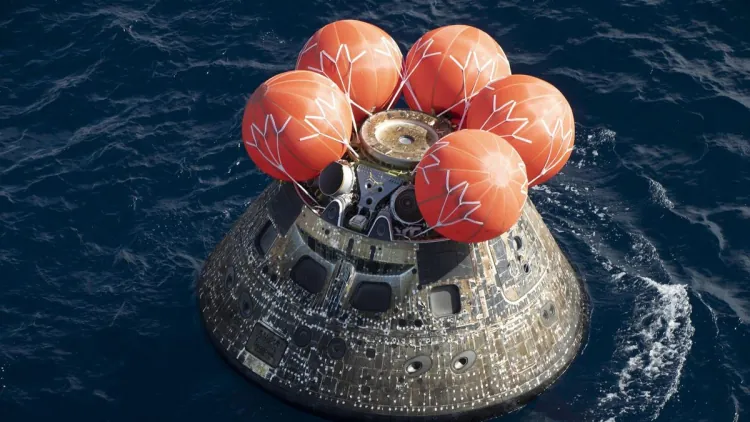
Table of Contents:
- Overview of the 2022 Orion Test Flight
- Identified Safety Issues
- NASA's Response to OIG Report
- Impact on Upcoming Artemis Missions
- Conclusion and Future Steps
- FAQs
Overview of the 2022 Orion Test Flight
Orion launched as part of NASA's Artemis 1 mission on November 16, 2022. It was an uncrewed 25.5-day flight that included two lunar flybys before returning to Earth and splashing down in the Pacific Ocean on December 11. This test flight was crucial in assessing Orion's readiness for the manned Artemis 2 and Artemis 3 missions, which plan to carry astronauts to and around the moon.
Identified Safety Issues
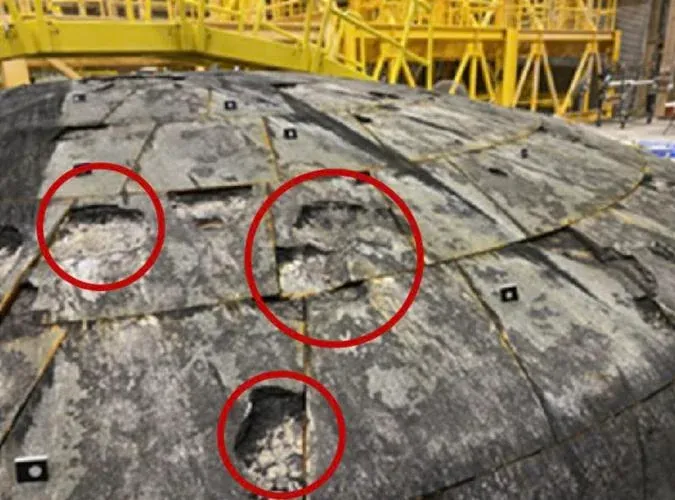
Heat Shield Wear
The OIG report highlights significant and unexpected wear in Orion's heat shield during reentry, with more than 100 areas of protective "char layer" material wearing away. Instead of melting uniformly, some parts cracked and chipped off, leading to debris. This raised concerns over potential heat exposure to the crew and the possibility of debris interfering with the parachutes.
Separation Bolts Erosion
Erosion and melting of separation bolts were also noted. These components hold different spacecraft sections together until they are safely detached. NASA has made changes to the bolt design for Artemis 2, but the final efficacy depends on resolving the heat shield issue.
Power Distribution Anomalies
NASA attributed several electrical power system anomalies to radiation exposure. Software changes are being implemented to mitigate this issue for future missions.
NASA's Response to OIG Report
NASA acknowledged the safety issues presented by the OIG but stated that they were already working on addressing these challenges before the report was published. They are conducting experiments to identify and replicate the cause of the heat shield wear, ensuring an accurate fix before Artemis 2. Additionally, minor design adjustments and software updates are being implemented to prevent other anomalies noted during Artemis 1.
Impact on Upcoming Artemis Missions
Due to the issues identified, the Artemis 2 and Artemis 3 missions, which were initially set for September 2024 and 2025, have been delayed until September 2025 and 2026. While addressing these issues is delaying the schedule, NASA emphasized the need to ensure crew safety and has reinforced its commitment to understanding and resolving the problems.
Conclusion and Future Steps
The OIG report highlighted critical concerns about the Orion capsule's safety after the 2022 test flight. However, NASA is already hard at work ensuring that these issues will be resolved before placing crew members in the capsule for Artemis 2 and 3. By addressing the heat shield and bolt erosion problems, as well as implementing software adjustments to mitigate power distribution anomalies, NASA aims to land humans safely on the moon by late 2026.
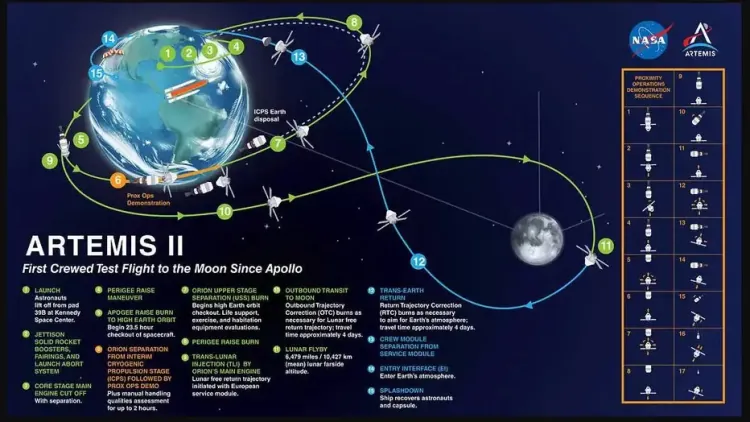
FAQs
1. What is the Artemis mission?
The Artemis program aims to return astronauts to the moon, particularly the lunar south pole, by 2026. Artemis 1, the uncrewed test flight, served as a preparatory mission for upcoming crewed flights.
2. Why is the heat shield issue significant?
The heat shield protects the spacecraft from the extreme temperatures during reentry. Anomalies in its performance could expose the crew to dangerous heat or compromise the vehicle's structural integrity.
3. What changes are being made for Artemis 2?
NASA is experimenting with heat shield designs and software to address the issues noted in Artemis 1, ensuring improved safety and reliability.
4. Will the Artemis 2 and 3 missions proceed as planned?
Despite delays due to safety concerns, NASA is optimistic that the Artemis missions will proceed, aiming to land a crew on the moon by 2026.
What's Your Reaction?







